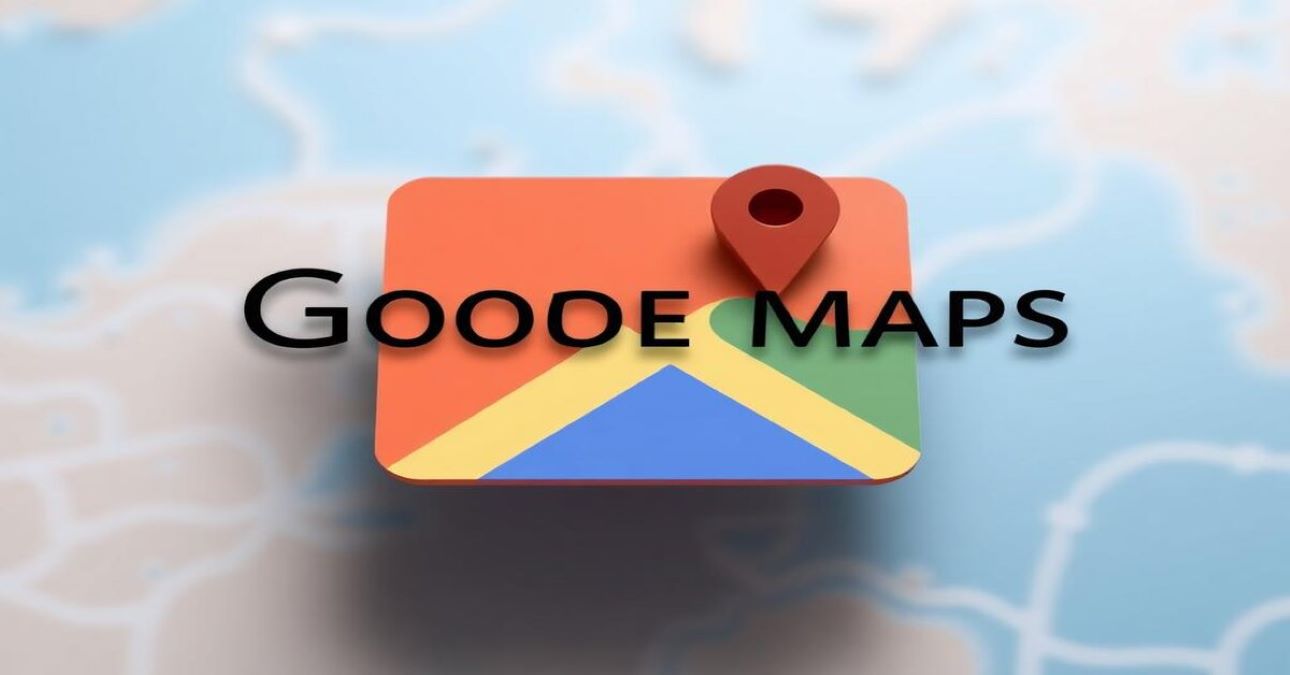In a significant move aimed at enhancing user privacy, Google has announced that it will delete all Maps location history stored on its cloud servers by May 18, 2025. This decision follows the company’s earlier announcement in late 2023 regarding the transfer of Maps location history to users’ devices, marking a pivotal shift in how Google handles personal data.
A Shift Towards Privacy
Google’s decision to delete Timeline data is part of a broader initiative to improve user privacy. Previously, the company stored user location data on cloud servers, allowing access across multiple devices. However, in a bid to give users more control over their information, Google has opted to limit the Timeline feature—formerly known as Location History—to individual devices. This means that users will no longer be able to access their location history on devices other than their personal phones, and the web version of the Timeline will also be discontinued.
Important Changes Ahead
As part of this transition, Google has confirmed that users must take action to protect their Timeline data. If you wish to retain your location history, you will need to adjust your settings before the May 18 deadline. Failure to do so will result in the permanent deletion of all unsaved data.
Additionally, any location history stored on devices that is older than three months will also be deleted after the deadline. This means that if you rely on Google Maps’ Timeline feature to reminisce about past trips or favorite places, it’s crucial to act quickly.
How to Preserve Your Data
To safeguard your location history, follow these steps:
1. Download Your Data: Before May 18, ensure you download and save any location history data that is older than three months. Google provides tools to help you back up your data easily.
2. Adjust Your Settings: Review your Google Maps settings to ensure that your Timeline data is configured according to your preferences. This may involve enabling new settings that allow for data retention on your device.
3. Create a Backup: Consider using the device transfer system to create a backup of your location history, ensuring that you have access to your memories even after the deletion occurs.
The Future of Google Maps
As Google continues to prioritize user privacy, this change reflects a growing trend among tech companies to give users more control over their personal data. While the deletion of location history may be concerning for some, it also presents an opportunity for users to take charge of their information and how it is stored.
Conclusion
With the deadline of May 18 fast approaching, Google Maps users must act swiftly to preserve their location history. By downloading and saving your data, you can ensure that cherished memories and important information are not lost forever. As Google navigates the delicate balance between functionality and privacy, users are encouraged to stay informed and proactive about their data management.
Don’t wait until it’s too late—take the necessary steps today to protect your Google Maps Timeline data!

